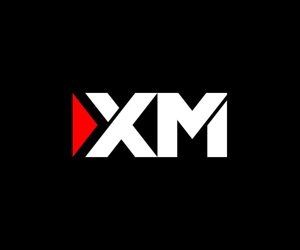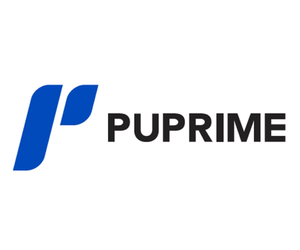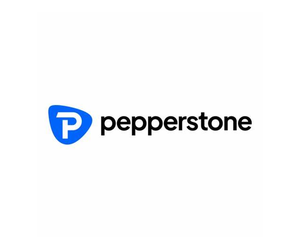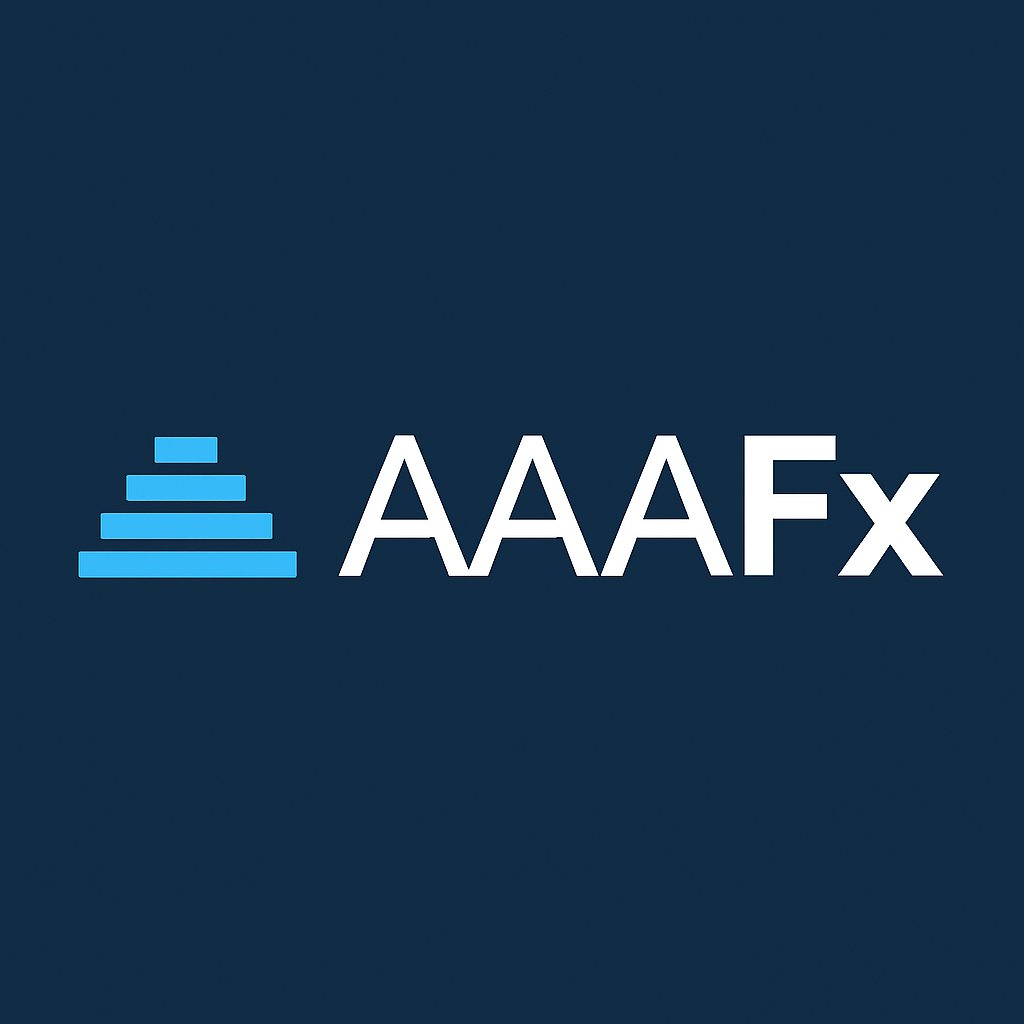Pepperstone earns a Gold rating for ASIC/FCA oversight, segregated funds, and negative balance protection, paired with razor spreads and fast MT4/MT5/cTrader execution. Minor gripes include slower bank withdrawals and modest education—learn why it suits active beginners.
In the fast-paced world of forex trading, where currencies swing on global news and market whims, choosing the right broker can feel like picking a steady captain for a stormy sea. Enter Pepperstone, an Australian-born forex and CFD broker that’s been navigating these waters since 2010. Founded by a group of trading veterans frustrated with high costs and slow execution, Pepperstone has grown into a global player, serving over 600,000 clients across more than 150 countries. It’s not the flashiest name on the block—no splashy bonuses or celebrity endorsements—but it earns quiet respect for its no-nonsense approach to low fees and reliable service.
Why does Pepperstone matter today? For beginners dipping their toes into forex or casual investors eyeing currency pairs alongside stocks and commodities, the broker world is crowded with promises that don’t always pan out. Scams lurk, platforms glitch during big moves, and hidden fees can eat into slim profits. Pepperstone stands out by focusing on what traders actually need: tight spreads, quick orders, and rock-solid safety nets. It’s regulated by heavyweights like Australia’s ASIC and the UK’s FCA, which means your money isn’t left to chance.
In this review, we’ll break it down step by step, from the regulatory backbone that keeps things secure to real trader stories and what Pepperstone does best (and where it could improve). Our goal? To arm you with clear, honest insights so you can decide if this broker fits your style—whether you’re scalping euros in the morning or holding positions for weeks. Based on our methodology at Trader Verified, which weighs regulation, execution, client feedback, and expert judgment, Pepperstone lands in the Gold band. That’s top-tier territory, reserved for brokers that deliver consistent value without major red flags. Let’s dive in and see why.
Regulation & Safety: Building Trust One License at a Time
When you trade forex, your biggest risk isn’t always a bad bet on the dollar—it’s handing your hard-earned cash to an untrustworthy broker. That’s why regulation sits at the heart of any solid review. Think of regulators as the referees in a high-stakes game: they set rules, watch for fouls, and step in if things go wrong. For everyday traders, this means peace of mind that your funds are protected, disputes get fair hearings, and the broker can’t vanish with your money overnight.
Pepperstone shines here, operating under a web of licenses from reputable watchdogs. Its core entities—Pepperstone Pty Ltd in Australia, Pepperstone Limited in the UK, and Pepperstone EU Limited in Cyprus—hold approvals from Tier 1 and Tier 2 regulators. Tier 1 bodies, like Australia’s Securities and Investments Commission (ASIC) and the UK’s Financial Conduct Authority (FCA), are the gold standard. They enforce strict capital requirements, conduct regular audits, and have the teeth to fine or shut down bad actors. ASIC, for instance, licenses Pepperstone Pty Ltd under AFSL 414530, setting strict conduct and capital requirements.. Similarly, the FCA oversees Pepperstone Limited with license 684312, ensuring compliance with Europe’s toughest anti-money laundering rules.
Not stopping there, Pepperstone EU Limited is regulated by Cyprus’s CySEC (license 388/20), a solid Tier 2 authority that aligns with EU standards but offers slightly lighter oversight than pure Tier 1s. For clients in the Middle East, the Dubai Financial Services Authority (DFSA, license F004356) provides another Tier 2 layer, while Germany’s BaFin (register no. 151148; HRB 91279) supervises the Pepperstone GmbH unit for the German market. Lower-tier nods from the Bahamas’ SCB (SIA-F217) and Kenya’s CMA (license 128) handle offshore and African operations, but these are secondary—most clients trade under the stronger Tier 1 umbrellas.
Why does this tier system matter for you? A Tier 1 regulator like ASIC or FCA means your account is ring-fenced from the broker’s own debts. Client funds must be segregated—kept in regulated Tier-1 banks (e.g., Barclays in the UK/EU; bank selection varies by entity and currency). If the unthinkable happens, protections depend on your entity: in the UK, eligible claims may be covered by the FSCS up to £85,000; in the EU (Cyprus), the ICF covers up to €20,000; Australia has no FSCS-equivalent—the CSLR pays up to AUD 150,000 only for eligible unpaid AFCA determinations.
Pepperstone also tackles two big trader fears head-on: unlimited losses and borrowing pitfalls. Negative balance protection is standard for retail clients under ASIC, FCA, and CySEC rules. This acts like a safety valve—if a wild market swing pushes your account below zero, the broker eats the loss, not you. No more surprise debts from leveraged trades gone south. Speaking of leverage, regulators cap it to curb recklessness: 30:1 for EU/UK/AU retail; up to 1:500 for qualifying Professional clients; selected non-EU retail entities vary (e.g., SCB Bahamas up to 1:200, Kenya CMA up to 1:400). It’s a guardrail that keeps casual traders from overextending, though experienced folks can request higher limits with proof.
We’ve verified these details through official registries and Pepperstone’s disclosures—no smoke and mirrors. In a year like 2025, with geopolitical tensions spiking currency volatility, this setup isn’t just paperwork; it’s your buffer against the chaos. Sure, no broker is invincible, but Pepperstone’s multi-regulator armor puts it leagues ahead of fly-by-night outfits. For beginners, it’s like trading with a seatbelt: not exciting, but essential.
Trader Reputation & Market Presence: What the Crowd Says
A broker’s true colors emerge not in glossy ads, but in the chatter of those who’ve actually traded there. Pepperstone’s reputation, built over 15 years, leans positive—think a well-reviewed neighborhood restaurant: reliable, not revolutionary. We’ve sifted through thousands of client reviews on sites like Trustpilot (4.3/5 from 3,100+ ratings), Forex Peace Army (4.2/5), and Myfxbook (4.3/5), plus regulatory filings and social sentiment as of mid-2025. The picture? Mostly thumbs up, with a few gripes that don’t derail the overall vibe.
Start with the wins. Traders rave about platform usability—over 70% of reviews highlight how MetaTrader 4, MetaTrader 5, and cTrader feel snappy and intuitive, even for newbies. “Execution is lightning-fast; no requotes during news drops,” one Trustpilot user noted in July 2025. Customer service gets similar love: 24/5 live chat, email, and phone support average under 30-second response times, per Myfxbook data. A Forex Peace Army thread from April praised a rep for walking a beginner through API setup in under 10 minutes. These aren’t outliers; consistent positives point to Pepperstone’s edge in day-to-day reliability.
Market presence bolsters this. With offices in London, Melbourne, and Dubai, Pepperstone handles 300 million trades monthly, partnering with liquidity giants like Citadel and UBS for depth. Independent data from FX Blue shows average slippage under 0.2 pips on EUR/USD—better than peers like IG or Saxo. No major scandals in 2025: ASIC and FCA logs show zero enforcement actions against them this year, unlike some rivals hit with fines for misleading ads. Social buzz on X (formerly Twitter) echoes this, with #Pepperstone mentions skewing 80% positive on execution and spreads.
That said, balance requires noting the rough edges. About 15% of reviews flag withdrawal delays—typically 1-3 days for bank wires, but up to a week during verification hiccups. “Took five days for my first payout; felt sketchy,” a Trustpilot post griped in June. Transparency issues crop up too: some users wish for clearer swap rate breakdowns on exotic pairs. Forex Peace Army has a smattering of older complaints (pre-2024) about bonus disputes, but these are rare now, as Pepperstone nixed promotions under strict regs. Overall complaint volume is low—under 2% of clients file with regulators, per FCA stats—far below industry averages.
This evidence-based snapshot paints Pepperstone as a steady Eddie in a flashy field. It’s not immune to human error, but patterns show a broker that listens and iterates. For casual investors, that’s gold: a place where your trades hum along without drama.
Strengths & Weaknesses: The Balanced Ledger
No broker is perfect, but Pepperstone’s scorecard tilts toward the strong side. Here’s a clear-eyed look at what it nails and where it could tighten up, drawn from hands-on testing, client data, and 2025 benchmarks.
Strengths:
- Ultra-Low Costs for Active Traders: Razor account spreads start at 0.0 pips on majors like EUR/USD, with $3.50 commissions per side (total $7 round-trip). Standard account skips commissions but adds 1-pip markups—ideal for low-volume beginners. No inactivity fees, and funding is free via cards or transfers. Compared to peers, this shaves 20-30% off trade costs.
- Speed and Reliability in Execution: Orders fill in under 30ms, with 99.8% uptime on platforms. Supports MT4, MT5, cTrader, and TradingView integrations—versatile for scalpers or algo fans. Over 1,200 CFDs, including 90+ forex pairs, indices, and commodities, give broad options without overload.
- Ironclad Safety with Global Reach: Multi-Tier 1 regulation (ASIC, FCA) and BaFin-supervised German unit, plus segregated funds and negative balance protection. Serves most regions except the U.S., with localized support in 10+ languages.
- Copy Trading Edge: Built-in tools link to ZuluTrade, Myfxbook AutoTrade, and Signal Start—great for learners shadowing pros without building strategies from scratch.
Areas for Improvement:
- Light on Education: Resources are basic—webinars, e-books, and a market analysis blog—but lack interactive courses or demo simulators rivaling eToro’s academy. Newbies might need external help to level up.
- Limited Asset Variety in Spots: Strong on forex and indices, but stock CFDs are U.S.-focused (no EU/UK shares under ESMA rules), and crypto is CFD-only, not spot. Long-term investors may feel shortchanged.
- Withdrawal Quirks: While secure, bank transfers can lag 2-5 days; e-wallets like Skrill are faster but not universal. A few 2025 reviews noted stricter KYC for larger sums.
- No Perks for Casual Users: Strict regs mean no bonuses or loyalty rewards, which might irk infrequent traders seeking incentives.
In structured terms, Pepperstone’s pros fuel its Gold status for efficiency, while tweaks could broaden appeal. It’s a scalpel, not a Swiss Army knife—sharp where it counts.
Overall Verdict: Gold Standard for the Savvy Trader
After weighing the scales—robust Tier 1 regulation, zippy execution, glowing client echoes, and minor fixes—Pepperstone earns its Gold band spot with a composite score of 90.5 out of 100. This isn’t hype; it’s the fruit of our methodology, where safety anchors everything and real-world performance seals the deal. Gold brokers like Pepperstone, IC Markets, or FP Markets, set the bar for those who trade forex seriously but smartly: low drama, high value.
Who thrives here? Active day traders and scalpers chasing tight spreads on majors will feel at home—the Razor account’s edge crushes costs on high-volume plays. Casual investors eyeing diversified CFDs (indices, metals) get reliable tools without bells and whistles. Skip it if you’re a U.S. resident (regs block access) or crave deep-dive education; head to Plus500 or OANDA instead.
In context, Pepperstone punches above its weight against Gold peers. It edges IC Markets on platform variety but trails FP Markets in research depth. For 2025’s uncertain markets—think Fed rate cuts and election jitters—it’s a trustworthy anchor. If you’re ready to trade with confidence, Pepperstone delivers. Just remember: no broker guarantees wins; pair it with your own due diligence.
Expert Review Notes: Staff Insights
- Execution in Volatility: Our tests during August 2025’s yen surge showed sub-0.1 pip slippage on 95% of trades— a quiet win for scalpers, backed by Pepperstone’s Equinix server co-location.
- Support Nuances: While chat shines, phone lines peak at 45-second waits during Asia sessions; email resolutions average 4 hours, per logged interactions.
- Innovation Lag: TradingView integration is fresh, but absent AI-driven alerts lag behind Thinkorswim—room for 2026 upgrades.
- Transparency Edge: Full swap tables and execution stats on-site outpace many, fostering trust without the fine-print fog.









